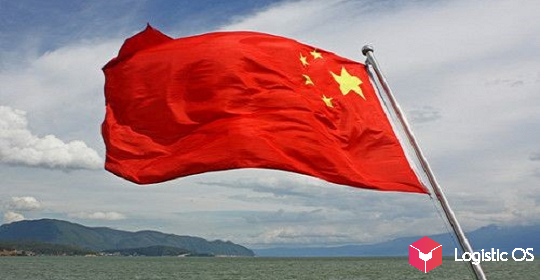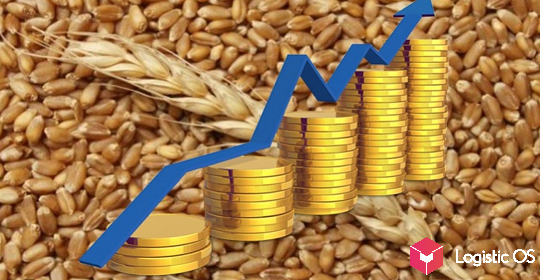The country owns the lion’s share of the world rice market — up to 40%. Therefore, lack of supply can lead to shortages and markedly increase prices.
Already, the FAO rice index is at its highest since 2011.
Growth may be maintained if India does not lift its bans, but so far there are no prerequisites for this.
Restrictions began to be introduced last year: on September 9, 2022, a 20% export duty on rice came into effect, and from July 20, 2023, a complete ban on the export of white rice appeared.
Plus, India has imposed restrictions on the export of other varieties of rice, in particular basmati, from the country.
However, in 2023 (to date), Indian rice exports even managed to grow compared to the previous season.
At the same time, the growth was quite significant and amounted to 15%. In general, India exported about 7.3 million tons this season, despite all the restrictions.
What is the purpose of the bans?
The main task that the Indian government sets for itself is to ensure the food security of its own country: to prevent a shortage, as well as an increase in domestic prices for rice.
The main reason for fears about food security was the decline in rice production in India: it fell by 14% compared to last season.
This forces the Indian authorities to apply rather harsh measures that can significantly affect the population of entire countries.
For example, the Philippines, as well as many states of the African continent, are highly dependent on Indian rice.
And in general, for half of the world’s population, it is rice that is the main food crop.
The competition in this Indian market is mainly Thailand and Vietnam (about 15% of the world market each), but the disappearance of supplies from India will definitely hit prices, because there will be nothing to replace them, experts predict.
Will Russia be able to benefit from this situation?
Little rice is produced in our country, but wheat production is at a high level: by the beginning of the new season, the stocks left over from the last record harvest had not yet been sold.
With this in mind, Russia is very interested in new buyers, and India could well become one of them.
To improve food security, she plans to increase purchases of wheat, as stocks are now 20% lower than a year ago.
As a result, the possibility of purchasing 8-9 million tons of wheat from Russia instead of the usual annual 3-4 million tons is being discussed.
True, India asks for a discount in case of such a purchase, and if she gets it, then the probability is very high that the deal will be completed.

